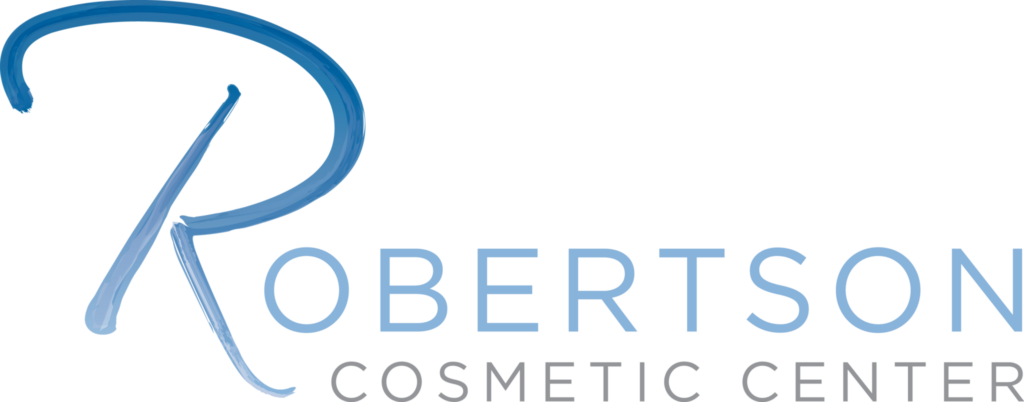Dark circles under the eyes can be the result of pigmentation in the skin, fatty protrusion, skin elasticity, or even cheek descent exposing the eye socket. Expert lower eyelid rejuvenation addresses all these concerns to restore a smooth youthful softness to the face and a bright refreshed contour to the lower lid. Patients appreciate the low pain, recovery time, risk and cost associate with the return of their sparkling eyes.
A lower eyelid blepharoplasty is typically done with an incision on the inside of the eyelid (transconjunctival) or an incision hidden just under the lash line (subciliary). A transconjunctival approach is usually applied to patients in their 30’s and 40’s with excess fat causing unsightly bulges while still demonstrating tight, wrinkle-free overlying skin. This allows gentle removal of fat excess or reposition of the fatty tissue to camouflage a prominent orbital rim, and yet requires no visible incision. Patients who have slight lower eyelid irregularity may also require a small recruitment of skin under the lashes, called a “skin pinch excision” in order to complete their rejuvenation using the transconjunctival approach. The subciliary approach is more comprehensive, and allows more assertive restoration of the loose or saggy-looking skin seen with lower lid aging. Excess fat is still removed or repositioned, redundant skin and muscle is precisely tailored away and the transition from the lower lid to the cheek is elevated. Like upper lid blepharoplasty, both transconjunctival and subciliary lower lid approaches restore youthful contours with very little pain, recovery time, risk or cost. Patients return to work or social activities on average at one week, and are thrilled with the return of their sparkling eyes.
Dr. Robertson also has extensive experience with two supplemental techniques that less frequently accompany surgical lower eyelid rejuvenation. Select patients develop discrete skin redundancy or swelling at the junction of the eyelid and cheek skin called “festoons.” Early cases can be effectively managed by more aggressive alterations to the subciliary approach while more advanced cases may require direct festoon excision. The second supplemental technique applies skin resurfacing technologies like erbium laser dermabrasion or TCA chemical peels to further refine lower eyelid blepharoplasty results. Skin resurfacing provides permanent removal of fine lines, excess pigment and wrinkles of the entire eyelid complex, including crow’s feet, upper eyelid crepe or residual lower eyelid skin contours that are beyond the scope of surgery alone.
During the initial consultation, Dr. Robertson will select and discuss the technique best suited to address your specific circumstances. Whether it’s bags, dark circles, sunken contours or loose skin, we have the precision and expertise to rejuvenate your eyelids.
